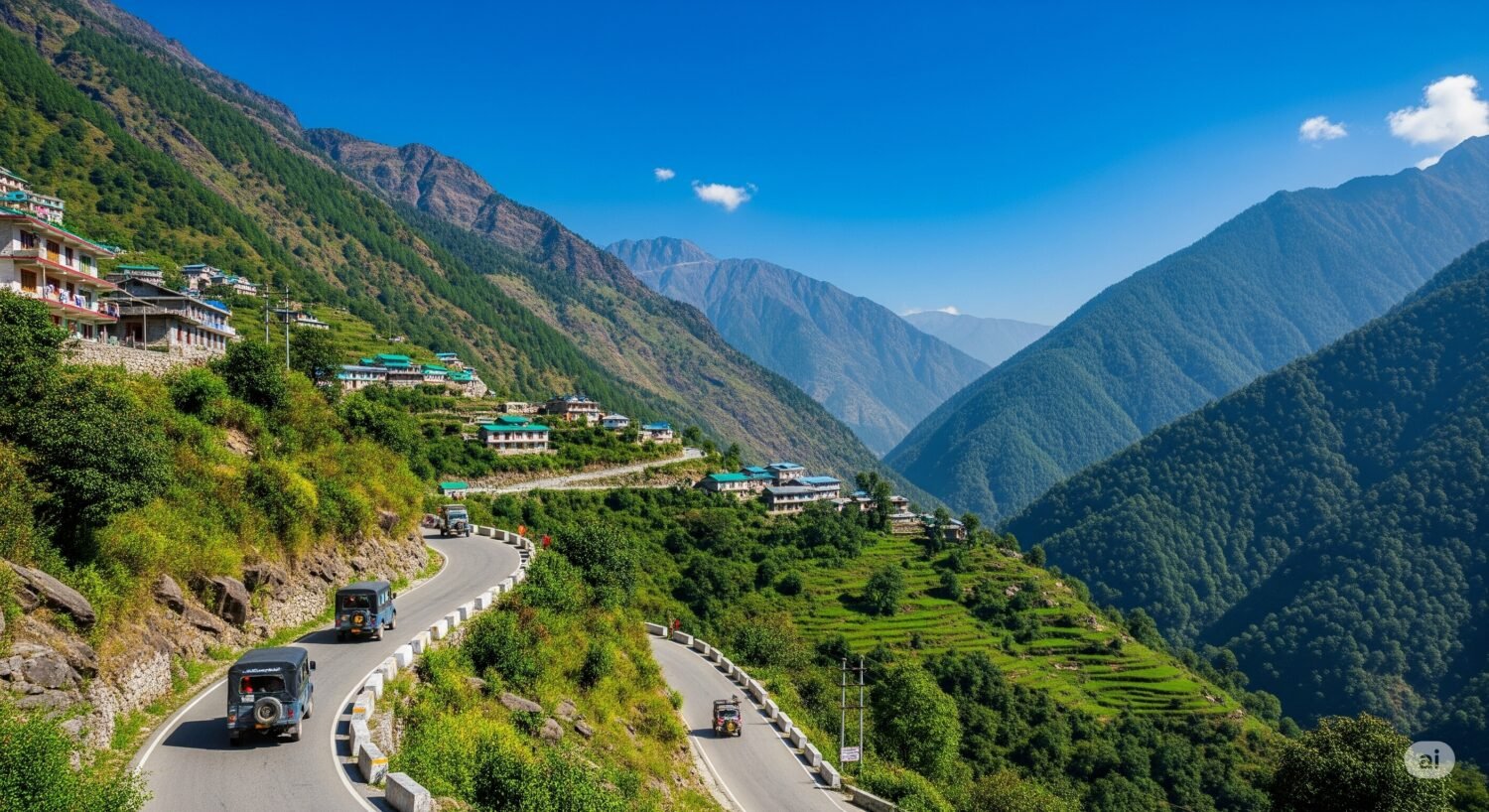Char Dham Yatra: 24-Hour Ban Lifted, Journey Resumes


Discover the Char Dham Yatra’s reopening after a temporary ban. Get insights into this spiritual journey, safety measures, and what to expect.
The Char Dham Yatra, a revered pilgrimage in the Indian Himalayas, has recently seen a significant development that will bring relief to countless devotees and travelers. After a temporary 24-hour halt, the sacred journey has officially resumed, allowing pilgrims to continue their spiritual quest to the four holy shrines. This news is especially welcome for those planning their trips, as it signals a return to normalcy and the continuation of this profound experience.
Understanding the Recent Pause
The brief suspension of the Char Dham Yatra was a precautionary measure taken by local authorities. Heavy rainfall, a cloudburst, and a significant landslide near Barkot led to safety concerns, prompting officials to temporarily halt vehicle movement along the pilgrimage route. This swift action, while disruptive, underscored the commitment to pilgrim safety in the face of unpredictable mountain weather. Tragic incidents, such as the loss of life among workers due to the landslide, highlight the inherent risks and the necessity of such safety protocols.
The Path Forward: Safety First
With the ban now lifted, the focus remains firmly on ensuring a safe and smooth journey for all. Authorities have given clear instructions to District Magistrates along the Yatra route to monitor weather conditions closely. This decentralized approach allows for localized decisions, meaning that if adverse weather is detected in a specific district, vehicle movement can be paused there without affecting the entire route. This adaptable strategy is crucial for managing the dynamic environment of the Himalayas.
For those embarking on this journey, it’s a reminder that while the spiritual rewards are immense, preparedness is key. Pilgrims are advised to:
- Stay Informed: Keep an eye on local weather forecasts and official announcements before and during their travel.
- Travel Light: Pack essentials but avoid unnecessary baggage to ensure ease of movement.
- Prioritize Health: Consult a doctor before the trip, especially if you have pre-existing conditions, as the high altitude can be challenging.
- Be Flexible: Understand that mountain weather can change rapidly, and minor delays or route adjustments might occur for safety reasons.
The Enduring Spirit of the Yatra
The Char Dham Yatra is more than just a trip; it’s a profound spiritual experience that draws millions seeking solace, blessings, and a deeper connection to their faith. The reopening of the route reaffirms the resilience of this ancient tradition and the dedication of the authorities to facilitate it safely. For a U.S. audience, this journey can be likened to a transformative pilgrimage, much like walking parts of the Appalachian Trail or visiting historic religious sites, but with the added grandeur and challenge of the Himalayan landscape. It’s an opportunity to step away from the everyday and immerse oneself in a truly unique cultural and spiritual adventure.
The lifting of the ban is a positive sign, ensuring that the sacred journey to Yamunotri, Gangotri, Kedarnath, and Badrinath can continue, offering pilgrims the chance to fulfill their spiritual aspirations amidst the breathtaking beauty of the Himalayas.
Recent Posts
Apple’s Big Plans for Early 2026: What to Expect
Get ready, tech enthusiasts! Apple is reportedly gearing up for a significant wave of product… Read More
Understanding Trump’s Latest Move Against Canada and Beyond
A Bold Stance on Trade Relations The global trade landscape is once again shifting as… Read More
Stop Believing These Common Weight Loss Myths
Tired of weight loss advice that just doesn't work? Debunking the most common myths about… Read More
Sweat Smarter, Not Harder: Your Beginner’s Guide to Home Workouts
Ready to get fit without leaving your house? This beginner-friendly guide covers everything you need… Read More
Did False Data Cost Columbia $9 Million? What the Lawsuit Means for Students
Columbia University settles a $9 million lawsuit over alleged false data in college rankings. Discover… Read More
US Stock Market Why Futures Dipped After Record Highs
US stock futures dip after record highs. Explore what's driving this pullback, from federal policy… Read More